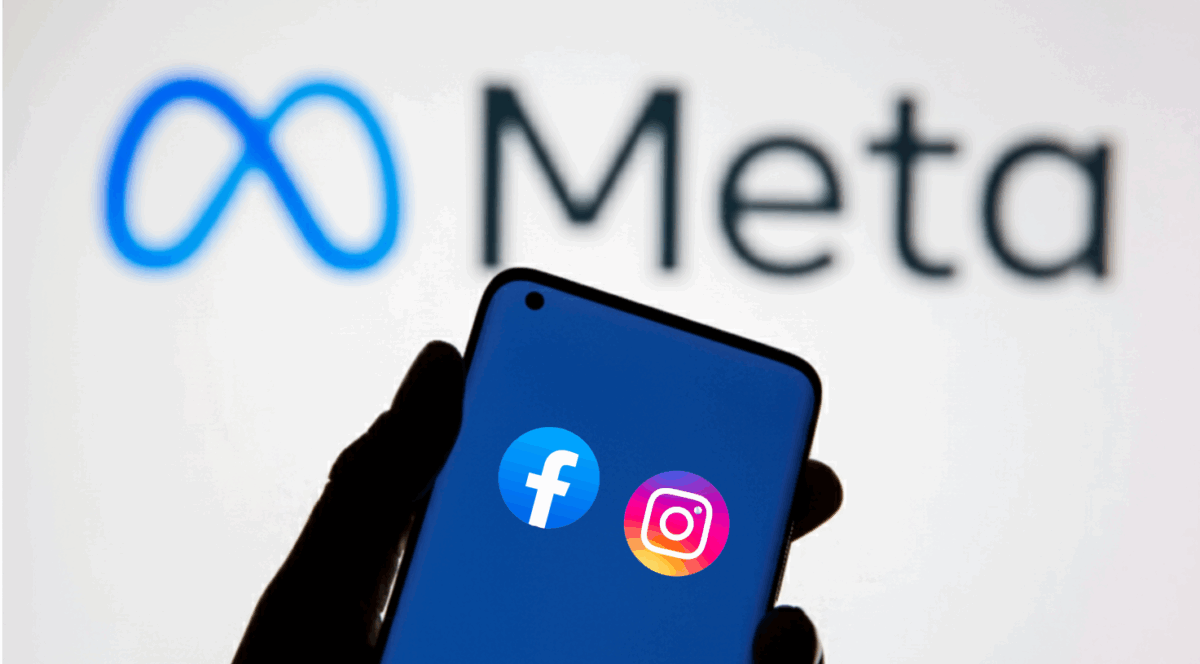Meta has confirmed it will begin offering a subscription tier for Facebook and Instagram users in the UK allowing users to browse without ads. Under this model, users will choose between continuing to use the platforms for free with personalised ads or by paying a monthly fee, to remove ads entirely.
Below are the key mechanics:
- The first (primary) Meta account will cost £2.99/month on the web or £3.99/month on iOS/Android.
- Additional linked accounts (via the Meta Accounts Centre) incur a lower fee: £2/month (web) or £3/month (mobile).
- When a user subscribes, their personal data will not be used to show them ads.
- Users who stay on the free tier will continue to receive ads, and retain all standard ad-controls and settings (e.g. Ad Preferences, “Why am I seeing this ad?” explanations).
Meta frames this move as a regulatory response to guidance from the UK’s Information Commissioner’s Office (ICO), positioning the subscription as a way to preserve user choice while maintaining free, ad-supported access for those who prefer it.
Why this matters (for businesses and marketers)
This announcement isn’t just a tweak – it’s a structural change in how audiences can be reached – or not reached – on Meta’s platforms. Below are key considerations:
1. A shrinking addressable ad audience
If even a modest portion of users opt into the ad-free tier, that segment becomes unreachable by paid advertising. In effect, your potential reach in the UK is now capped by how many users remain on the ad-supported tier.
This means you need to monitor trends in adoption and account for a “dead zone” in your reach estimates. It also raises the bar on efficiency: fewer impressions must deliver more value.
2. Greater premium on organic visibility and content
Subscribers will still see posts, videos, Reels, messages, and content published in their feeds – just without ads. That means organic reach, content resonance, community building, influencer or creator partnerships, and earned growth become more critical than ever for reaching those ad-free audiences.
In other words: no longer can paid media simply “buy reach” across the board – your content needs to be compelling enough to land organically.
3. More fragmentation, more pressure on targeting precision
With a subset of users unreachable via ads, your available ad inventory becomes more concentrated. That can push up costs and intensify competition for impressions. To maintain performance, your targeting needs to be sharper, your creative more engaging, and your campaign structure more efficient (e.g. tighter audiences, better exclusion logic, more experimentation).
Also, data strategies become more delicate: if you lose access to some user data for a subset of users (i.e. subscribers), you may need to rethink your lookalike modelling, attribution, and measurement approaches.
4. Testing, modelling and scenario planning becomes essential
Given the uncertainty around how many users will pay versus how many will remain on the free tier, brands should prepare for multiple adoption scenarios (low, medium, high). That means:
- Running small-scale tests in UK campaigns to detect any shifts in CPMs, reach curves or frequency caps
- Monitoring adoption metrics (if Meta provides them or via indirect signals)
- Revisiting your media mix and budget allocation: if reach via Meta shrinks, can you lean more into YouTube, TikTok, LinkedIn, programmatic or other channels?
- Stress-testing attribution and incrementality models: as the reachable base may shrink, incremental lift becomes more critical
5. Regulatory, opt-out philosophy and reputation implications
Meta’s move is in response to pressure from the ICO and broader scrutiny of how user data is processed for advertising.
From a brand’s perspective, this means:
- The “business as usual” practice of data harvesting and aggressive targeting may come under greater public and regulatory scrutiny
- Brands that emphasise privacy, transparency, consent-first approaches, or zero-party data strategies may gain an edge
- There’s a reputational component: being able to articulate how your marketing respects user choice, data usage, and trust will matter more

Suggested strategy shift
To prepare for the evolving Meta environment, here are some moves to consider:
| What to Do | Why It Helps | |
| Double down on organic & content-led growth | Invest in content (reels, stories, UGC, community-driven content, creator collaborations) to ensure visibility even without paid reach | Helps reach ad-free users and offsets saturation in paid pools |
| Refine targeting & exclude overlapping audiences | Use granular exclusions, negative audiences, tighter lookalikes and custom audiences based on engagement | Helps avoid wasted spend and maintains efficiency as the competition rises |
| Diversify the channel mix | Smarter experimentation with other social platforms, native advertising, programmatic, email, SEO and affiliate/creator channels | Helps to mitigate risk if Meta’s ad reach contracts |
| Focus on value, not volume | Prioritise your higher intent audiences, conversion paths, retention-based strategies, and creative that strongly resonates | Fewer touchpoints means each impression must count |
| Test different creative formats aggressively | Try variations, increase your creative ideation, test different hooks and formats frequently | Maintaining edge when impressions are at a premium by having tried & tested tactics to hand |
| Model multiple adoption scenarios | Build forecasts assuming 5%, 10%, 20% of users adopt – see how that shifts your reach, cost, ROI metrics | Helps plan for worse case scenarios and maintains agility |
| Communicate privacy-first messaging where possible | Lean into messaging about trust, consent, ethical data use in your brand voice or campaign framing | Aligns with the broader narrative and may improve brand favourability |
| Track and monitor signals of ad-free adoption | Use metrics like rising CPMs, decreased reach growth, transparency reports (if released), comment threads / industry whispers | The early indicators will help you to pivot faster |
What’s not known?
- Adoption rate: We don’t yet know what proportion of users will pay.
- Meta’s data reporting: Will Meta publish how many users shift to ad-free? Will they show the shrinkage in dashboards?
- Audience segmentation effects: If high-value (higher-income) users are more likely to subscribe, the reachable ad base may skew lower in value.
- Price sensitivity or “free bias”: The psychology of paying for privacy is uncertain.
- EU roll-out: A similar model was rolled out for the EU as a response to regulatory pressures; Meta has not published user adoption or uptake metrics. (However, price reductions and introducing a new category of seeing less personalised ads could suggest uptake was not significant).
In Summary
Meta’s new subscription model fundamentally introduces a boundary to who can be reached via paid ads on Facebook and Instagram. For UK advertisers, the path forward is less about maintaining the status quo and more about adapting to a potentially stratified Meta ecosystem: some users reachable via ads, others not, and the division may grow over time.
For brands and agencies, this means leaning harder into diversifying the paid media channel mix, focusing on organic tactics like unified search, along with content plans, creator collaborations and multi-channel frameworks. It also means revisiting your media models and measurement assumptions. Those who act early, monitoring impact and adapting, as the subscription tiers roll out, will be better prepared to continue doing well in the more constrained environment.





